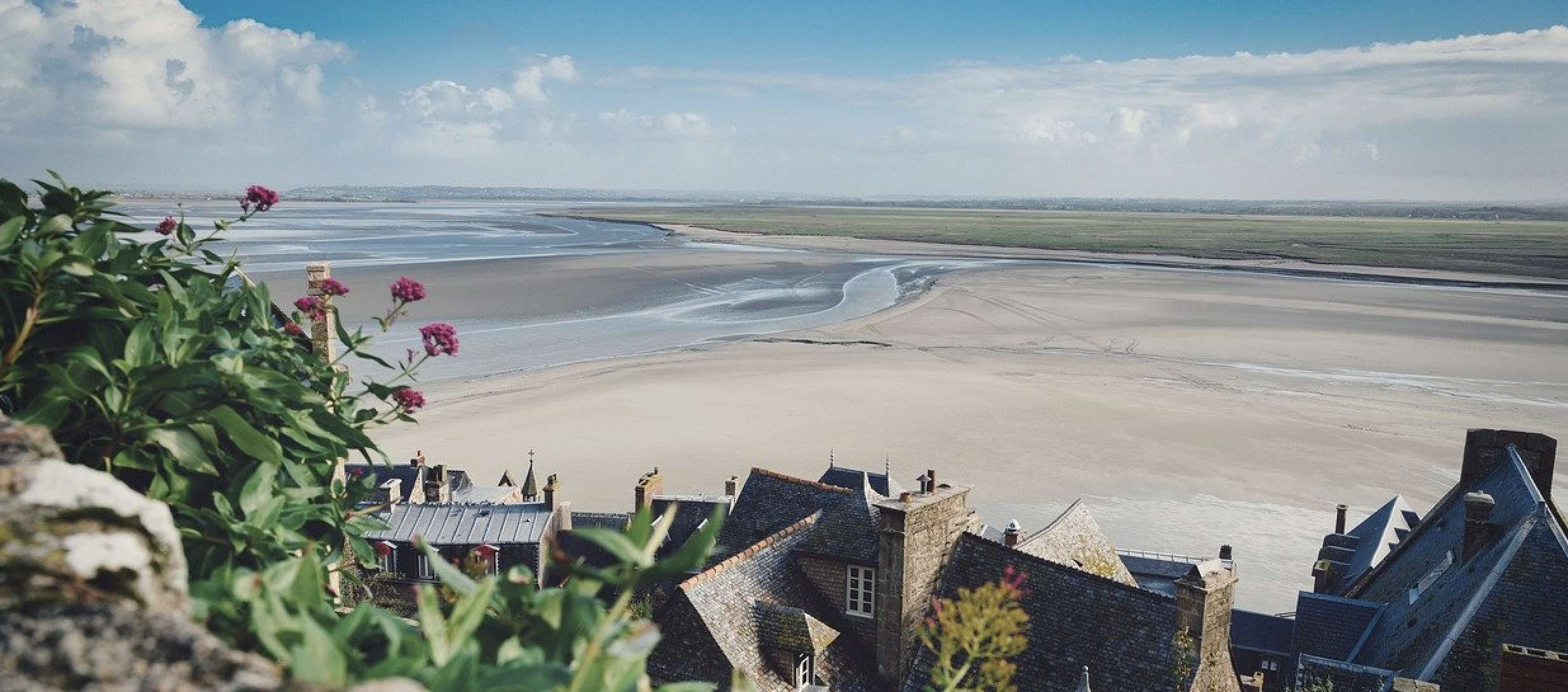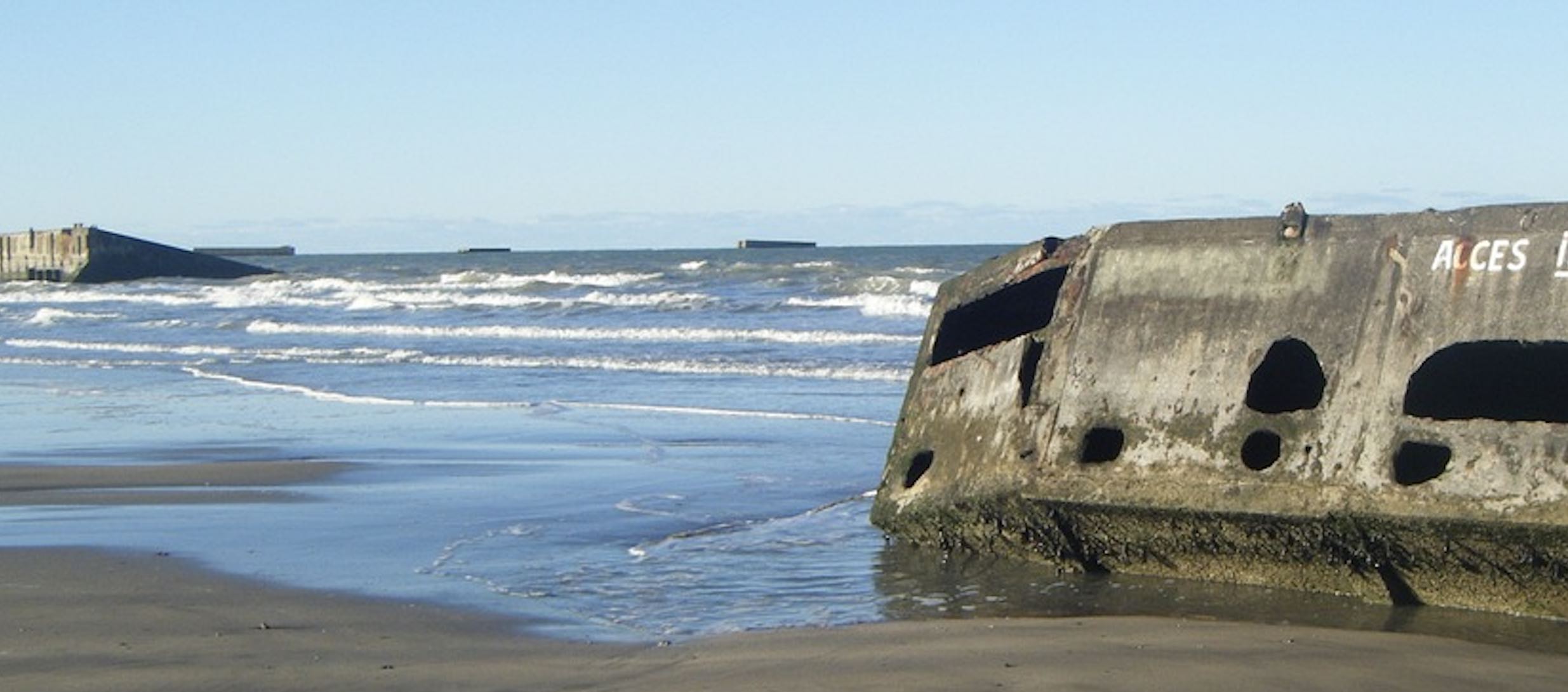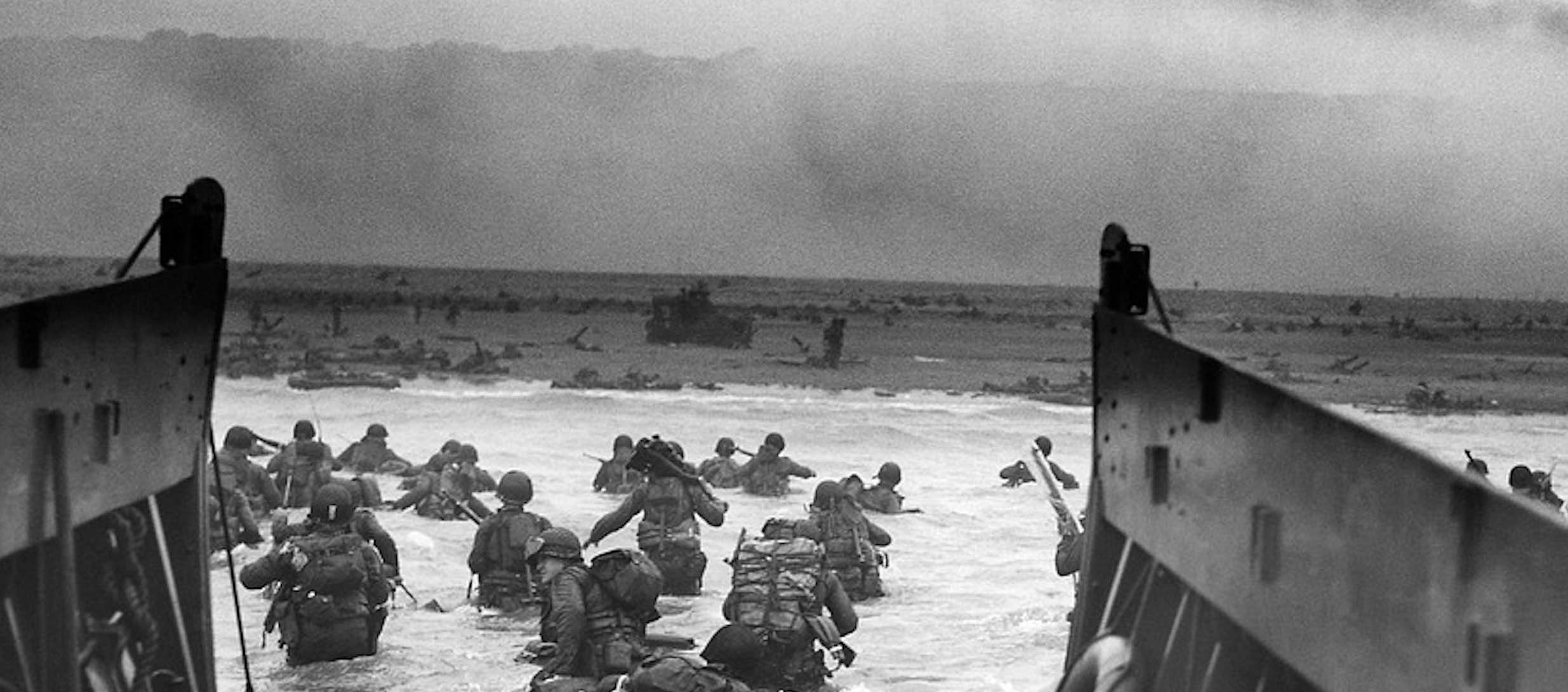Paris & Normandy 80th D-Day Anniversary
Commemorate the 80th Anniversary of D-Day in Normandy
Janet L. Serra
2024 marks the 80th anniversary of one of the most famous battles in WWII, the D-Day landings at Normandy, France. Visiting this hard-won sacred ground in 2024 is especially meaningful as visitors will walk in the footsteps where America’s best and brightest alongside, British and Canadian armies fought in WWII. We have all seen the TV specials, but to be there is meaningful and something few people get to do. Code named Operation Overlord, this operation included more than 156,000 troops that landed on five different beaches, Utah, Omaha, Gold, Sword, and Juno, which encompassed more than 50 miles of French coastline occupied by the Germans.
Today, it is hard to believe that on these tranquil beaches the largest military operation in history; D-Day was carried out at the crack of dawn on June 6, 1944. The significance of this operation changed the course of the Great War because the Allies finally gained a foothold in France; from this moment, Nazi Europe was doomed and destined to crumble.

When I first visited the beaches of Normandy, it was a poignant experience because my father was a WWII veteran. Walking the sands of Omaha Beach, I was stirred by thoughts of the young men who came ashore, including my father, under fierce attack, in June of 1944. Somehow walking on this peach-colored sandy beach, where seagulls swooped and people walked hand in hand, was a reassuring experience, knowing that ultimately, good overcame evil. I felt like my dad and uncles were somehow looking over me and smiling as I wandered Omaha Beach. It is hard to believe that I was in the midst of chaos where ships were fighting, bombs were falling, and American soldiers were scrambling up ropes to attack German batteries, 80 years ago. Today, this beach is serene and beautiful, I felt that not all was in vain because their valor is remembered.
I have decided to visit the beaches of Normandy, once again this year, as a tribute to my father and uncles who served in the Great War. To me, walking the sandy beaches of Normandy and visiting the American Cemetery is an important act of family commemoration and honoring all WWII veterans and their gallant sacrifice. I never got to talk to my father about his WWII war experience, like most returning veterans from that era, the war was something they just didn’t discuss, especially with their daughters. In my mind, what is especially poignant is that the number of living WWII veterans is decreasing rapidly. This year may be one of the last times there will be WWII veterans visiting this sacred ground and attending ceremonies, making a visit in 2024 truly a once-in-a-lifetime experience.

There are certain sites not to be missed when visiting D-Day Normandy. A walk along Omaha Beach in honor of those who lost their lives is unforgettable. As you walk, look for the remnants of the artificial harbor built by the Allies known as Mulberry Harbor, and the remains of the German bunkers and fortifications. The Mulberry Harbors were specially created to float across the English Channel to serve as temporary harbors on D-Day. You may also want to visit the Omaha Beach Museum which has superb archival photos and notes on the landing at Omaha and Poiny du Hoc.
A must-see site is the Normandy American Cemetery which honors the American troops who gave their lives on the D-Day beaches. All of the 9,386 headstones have the name, date of death, service unit, and country, except for 307 which have no name. I always say a special prayer for them. Not to be missed is the monument to the 1,557 servicemembers whose mortal remains were lost. As I bow my head, I think, yes, you are far from home, but we have not forgotten you and never will.
Each beach has its own unique history. Gold Beach was assaulted by the British Fiftieth and 47 Royal Marine Commando and was selected as the site for the Mulberry piers which improved Allied logistics. Juno was one of the smallest D-Day Beaches and was the “Canadian beach” seized by the Third Canadian Infantry that yielded the deepest Allied penetration. Omaha, the most heavily defended of all the beaches was the toughest assignment in Overlord. Mines, booby traps, barbed wire, bunkers, bluffs, and artillery, greeted American soldiers wading toward the beach, which has been described by survivors as a “shooting gallery.” At Utah Beach, the westernmost location, 28 of 32 tanks reached the D-Day beaches providing much-needed cover for the infantry. Sword Beach, the easternmost landing spot 28,500 men crossed the beach, with 630 casualties. Of the 40 tanks, 28 reached the shore to help with the defense of the beach.
A visit to the beaches of Normandy is an important place to reflect on what the issues were and what was at stake, it keeps history alive. WWII was a watershed moment and one of the costliest wars in human history; a war where there was global recognition of crimes against humanity. One cannot look at 21st global politics without thinking about WWII and the lessons learned or not learned from it.

The last time I visited the beaches of Normandy, I saw what the soldiers saw - the waves that they waded through, where they ran, the cliffs they scaled, and the bluffs they climbed. Entering the country church, I saw bloodstains on the pews. I walked in the footsteps of paratroopers that attacked nests of gunners firing at the soldiers on the beach, from more than two miles away. I felt the courage of these men that never gave up – and I felt proud.
